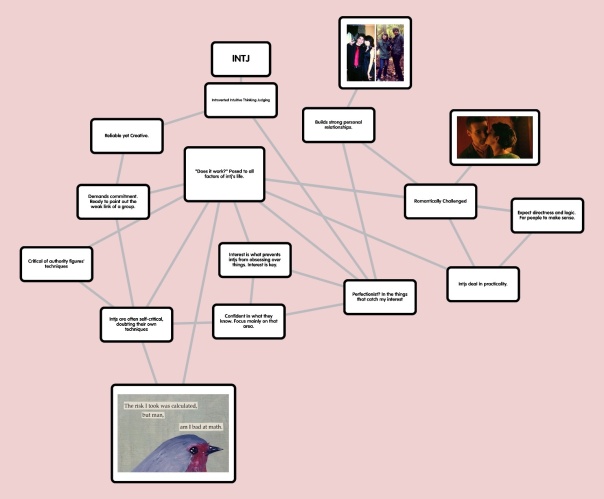Whose story is told in the documentary?
– the catadores of Jardim Gramacho and Vik Muniz, during the creation of a set of portraits made of garbage.
Whose is not told?
-a lot of people, but none that were necessary to the effectiveness of the documentary.
How do the people in the film identify with their community?
– Vik Muniz uses his ties to the Brazilian community as inspiration for his work, particularly in the work documented in this film. The catadores carry a pride in what they do for the community, but are consistently fighting for more attention in the political/social system.
What are the common bonds of the people in this film?
-all of the people whose stories we follow come from poorer parts of Brazil. The catadores have a sort of familial bond because they all share the same less-than-desirable job.
What challenges do they face in expressing their identity?
-the catadores live in pretty poor conditions. They have physically and mentally taxing jobs and often have to make sacrifices for the ones the love.
How is the transformed garbage portrait more powerful than the original photo?
-the garbage portrait is more powerful than the photo because it adds a much more powerful meaning, particularly for the subject. The garbage is what they work with everyday and they don’t see it as anything beautiful or special. They don’t see the potential of the materials until they are confronted with the finished product of their work. In a way, they see themselves, like the garbage, as unwanted and worthless. Seeing what they can create with garbage allows them to see the potential in their own lives and encourages them to do something with that potential.
Do you think Vik Muniz’s project did more damage or good to the catadores?
– I think it did much more good. His project improved the self-images of his subjects. He let them see themselves as something more than garbage, oddly enough, by making the out of garbage. He also drew national attention to the catador union, and international attention to the situation in Jardim Gramacho.
![think[box]](https://beberle21.files.wordpress.com/2013/11/image5.jpg?w=604)



